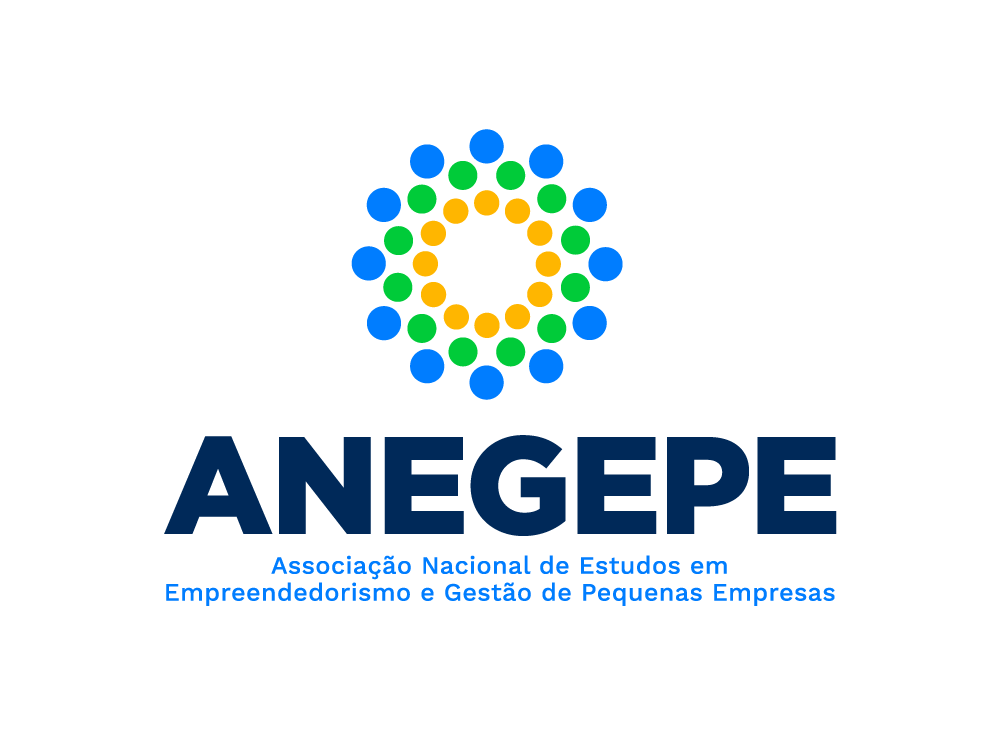Evaluation of Property to Be An Entrepreneur: A Measurement Proposal of this Construct
DOI:
10.14211/regepe.v6i2.472Keywords:
Entrepreneurship, Entrepreneur Attributes, Entrepreneurial Behavior Characteristics, QEMP.Abstract
This research has two objectives: to identify the entrepreneurial attributes related to entrepreneurship projects in undergraduate students and make a comparative analysis between the entrepreneurial behavioral characteristics (CCE) and these attributes. This research is applied regarding its nature and it has an exploratory objective with quantitative character. The QEMP research tool was used to identify the entrepreneurial attributes and the McClelland Model (1961) for entrepreneurial behavioral characteristics (CCE) was used too. Although they are distinct instruments of evaluation of the entrepreneur, the research sought to identify if both can perceive the degree of propensity to undertake of the target population, since each of them evaluates the entrepreneurship from a set of multiple variables. The results of data processing led to the proposition of two scales (EMP_QEMP and EMP_CCE) that can synthesize this propensity. Two samples were collected at the same institution of higher education (IES), one with 193 respondents in the period 2014-2015 with the CCE and another, the QEMP, with 60 students, in 2016. The K-Means Cluster Analysis of both samples resulted two characteristic groups, the students in the larger group (with 70% of the respondents) presents a greater orientation and propensity to be entrepreneur in contrast to the other group with less propensity, but do not present aversion to be entrepreneur. What appears commonly in the two largest groups of both samples are young people highly inclined to entrepreneurship and in need for self-realization.Downloads
References
Ang, S. H., & Hong, D. G. P. (2000). Entrepreneurial Spirit among East Asian Chinese. Thunderbird International Business Review, 42 (3), 285–309.
Ching, Hong Yuh, & Kitahara, José Renato (2015). Propensão a empreender: uma investigação quantitativa baseada nas características empreendedoras de alunos do curso de administração. Revista de Ciências da Administração, 17 (43), 99-111.
Clinton Education. (2016). Metodologia QEMP. Disponível em <http://www.clinton.com.br>. Acesso em Agosto.
Envick, B. R. (2013). Achieving entrepreneurial success through with passion, vision & courage: a cognitive model for developing entrepreneurial intelligence. Academy of Entrepreneurship Journal, 20 (1), 55-70.
Especialização em Desenvolvimento de Empreendedores. Disponível em : <http://qemp.com.br/>.
European Commission. (2003). Green Paper - Entrepreneurship in Europe. Brussels: DG Enterprise. European Commission.
Farouk, A., & Ikram, A. (2014). The influence of individual factors on the entrepreneurial intention. International Journal of Managing Value and Supply Chains, 5 (4).
Fávero, L P., Belfiore, P., Silva, F. L., & Chan, B. L. (2009). Análise de dados: modelagem multivariada para tomada de decisões. Rio de Janeiro: Elsevier.
Fontela, E., Guzmán, J., Perez, M., & Santos, F. J. (2006). The Art of Entrepreneurial Foresight, Foresight, 8 (6), 3-13.
Guerra, M. J., & Grazziotin, Z. J. (2010). In Educação Empreendedora: conceitos, modelos e práticas. Rio de Janeiro; Elsevier; S Paulo; Sebrae, (Capitulo 4).
Hair Jr., J. F.,Anderson, R. E., Tatham, R. L., & Black, W.C. (2005). Análise Multivariada de Dados. 5ª ed. Tradução Adonai Schlup e Anselmo Chaves Neto. Porto Alegre: Bookman.
Izedonmi, P. F., & Okafor, C. (2010). The effects of entrepreneurship education of students’ entrepreneurial intentions. Global Journal of Management and Business Research, 10 (6), 49-60.
Keat, O. Y., Selvarajah, C., & Meyer, D. (2011). Inclination towards entrepreneurship among university students: An empirical study of Malaysian university students, International Journal of Business and Social Science, 2, (4), 206-220.
Kume, A., Kume, V., & Shahini, B. (2013). Entrepreneurial characteristics amongst university students in Albania. European Scientific Journal, 9 (16), 206- 225.
McClelland, D. (1961). The Achieving Society, Princeton: D. Van Nostrand CO.
Moriano, J. A., & Liñán, F. (2010). Personal values and entrepreneurial intention: an empirical study, In: ESU Conference, Disponível em http://institucional.us.es/vie/documentos/resultados/JaenMorianoLinan20100823.pdf. Acesso em: Agosto 2016.
Pradhan, R. K., & Nath, P. (2012). Perception of entrepreneurial orientation and emotional intelligence: a study on India´s future techno-managers. Global Business Review, 13 (1), 89-108.
Unctad. (2010). Empretec Programme The Entrepreneur’s Guide. Geneva, Switzerland.
Yusof, M., Sandhu, M. S., & Jain, K.K. (2007). Journal of Asia Entrepreneurship and Sustainability, III (2).
Zaman, M. (2013). Entrepreneurial characteristics among university students: Implications for entrepreneurship education and training in Pakistan. African Journal of Business Management, 7 (39), 4053-4058.
Downloads
Published
Métricas
Visualizações do artigo: 4060 PDF (Português (Brasil)) downloads: 1006
How to Cite
Issue
Section
License
Authors who publish in this journal agree to the following terms:
-
The author(s) authorize the publication of the text in the journal;
-
The journal is not responsible for the opinions, ideas, and concepts expressed in the texts, as they are the sole responsibility of their authors;
-
Authors retain copyright and grant the journal the right of first publication, with the work published under the CC BY 4.0
License, which allows sharing the work with acknowledgment of authorship and initial publication in this journal;
-
Authors are allowed and encouraged to post their work (Submitted version, Accepted version [Manuscript accepted by the author], or Published version [Record version]) online, for example in institutional repositories or preprints, as it can lead to productive exchanges as well as earlier and greater citation of published work. REGEPE requires that authors indicate/link the published article with DOI. See the Effect of Open Access.















